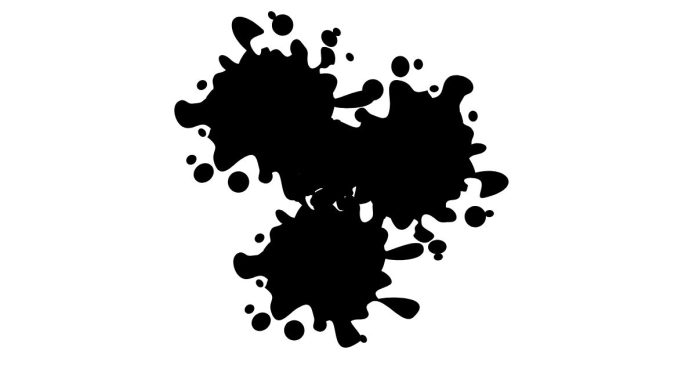When it comes to color mixing, black is often one of the trickiest hues to create. Unlike other colors, black can be somewhat elusive when mixing from primary colors. Whether you’re painting, designing, or working in any medium, knowing how to mix black color can enhance your understanding of the color wheel and give you control over your palette. Here’s a breakdown of how to mix black and the different approaches you can take.
1. Using Primary Colors
The most basic method to mix black is by combining the three primary colors: red, blue, and yellow. The idea is to mix these in equal proportions, which creates a rich, dark color that, when combined correctly, will resemble black. If one primary is dominant over the others, you might get a muddy brown instead, so balance is key. Experiment with slightly adjusting the ratios until you get the darkest tone possible.
2. Using Complementary Colors
Another technique is mixing complementary colors—those that are opposite each other on the color wheel. For example, mixing red and green, or blue and orange, can create a dark, near-black hue. The opposite hues neutralize each other, resulting in a desaturated, deep tone.
3. Using Pigments
If you’re using paints, especially in oil or acrylics, some colors are inherently darker and can help achieve a blacker mix. For instance, mixing ultramarine blue with burnt sienna or adding a deep brown can create an intense black tone. In this case, the pigment is more important than the theoretical color mixing process.
4. Pre-Mixed Black
Lastly, it’s important to note that sometimes creating your own black isn’t necessary. Pre-mixed black pigments, like Ivory Black or Mars Black, provide a consistent, intense black that is convenient for most artistic needs.
Understanding how to mix black gives you the flexibility to control tones and enhance your work, whether you’re creating a moody landscape or designing a striking graphic.



